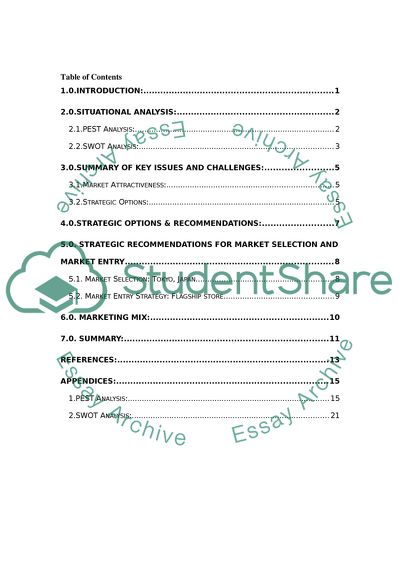Cite this document
(Harvey Nichols International Strategy Essay Example | Topics and Well Written Essays - 2750 words, n.d.)
Harvey Nichols International Strategy Essay Example | Topics and Well Written Essays - 2750 words. Retrieved from https://studentshare.org/marketing/1864451-international-marketing-editing
Harvey Nichols International Strategy Essay Example | Topics and Well Written Essays - 2750 words. Retrieved from https://studentshare.org/marketing/1864451-international-marketing-editing
(Harvey Nichols International Strategy Essay Example | Topics and Well Written Essays - 2750 Words)
Harvey Nichols International Strategy Essay Example | Topics and Well Written Essays - 2750 Words. https://studentshare.org/marketing/1864451-international-marketing-editing.
Harvey Nichols International Strategy Essay Example | Topics and Well Written Essays - 2750 Words. https://studentshare.org/marketing/1864451-international-marketing-editing.
“Harvey Nichols International Strategy Essay Example | Topics and Well Written Essays - 2750 Words”, n.d. https://studentshare.org/marketing/1864451-international-marketing-editing.


